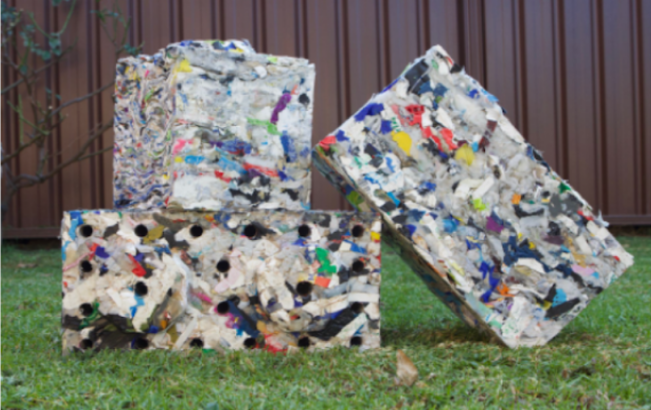Melting glaciers by Aakruti Kalia XI-A
- viridian club
- Oct 22, 2021
- 3 min read
We all love soda with lots of ice cubes to keep it super chilled! But if you leave it outside for a while, all the ice melts and might overflow the glass, spoiling that new Levi’s limited edition jeans of yours. Think of the glaciers melting in the same way, but here, the icy part covers 15 million square kilometres and if they melt together, the damage would be way worse than a visit to the dry cleaner's to fix the stain on your jeans.
Ice acts like a protective cover over the Earth and our oceans. These bright white spots reflect excess heat into space and keep the planet cooler. Presently, 10 per cent of land area on Earth is covered with glacial ice, including glaciers, ice caps, and the ice sheets of Greenland and Antarctica. Accelerated glacial melt in Antarctica and Greenland also affects ocean currents, as massive amounts of cold glacial-melt water entering warmer ocean waters are slowing ocean currents. And as ice on land keeps melting, sea levels will continue to rise.
So, who is responsible for this phenomenon?
It’s none other than we humans. Since the industrial revolution, carbon dioxide and other greenhouse gas emissions have raised temperatures, even higher in the poles. As a result, glaciers are rapidly melting, calving off into the sea and retreating on land. To make matters worse, if emissions continue to rise unchecked, the Arctic could be ice-free in the summer as soon as the year 2040.
A rapid rise in sea levels increases coastal erosion and promotes storm surge as warming air and ocean temperatures create more frequent and intense coastal hurricanes and typhoons. Right now, the Greenland ice sheet is disappearing four times faster than in 2003 and already contributes 20% to the current sea-level rise. Alarmingly, if all the ice on Greenland melted, it would raise global sea levels by 20 feet.
That’s not the end of all misery. Melting glaciers also disturb weather patterns worldwide. As this ice melts, darker patches of the ocean start to emerge, eliminating the effect that previously cooled the poles, creating warmer air temperatures and in turn disrupting normal patterns of ocean circulation. The glacial melt we are witnessing today in the Antarctic and Greenland is changing the circulation of the Atlantic Ocean and has also been linked to the collapse of fisheries in the Gulf of Maine and other destructive storms and typhoons around the planet.
But why am I writing this article? Well according to human nature, we only pay attention to something when it starts affecting us personally. As sea ice and glaciers melt and oceans warm, industries that thrive on vibrant fisheries will be affected as warmer waters change where and when fish spawn. Coastal communities will continue to face billion-dollar disaster recovery bills as flooding becomes more frequent and storms become more intense. In the Arctic, as sea ice melts, sea animals like walruses are losing their home. Polar bears are spending more time on land, causing higher rates of conflict between people and bears.
So, is there a solution to stop this from happening further? The only way is to reduce global warming, and do so fast! We must start on an individual level. Drive as little as possible. You can carpool, bicycle, walk or jog to your destination. Save power at home by taking shorter showers, turning off the water while brushing your teeth, turning off lights when they are not in use, hanging laundry outside to dry and unplugging electronics when they are not being used.
These seemingly little things make a big impact if they are done on a large scale, and they’ll go a long way toward reducing your carbon footprint and saving the glaciers and eventually preventing the earth from overflowing like your glass of soda.






Comments